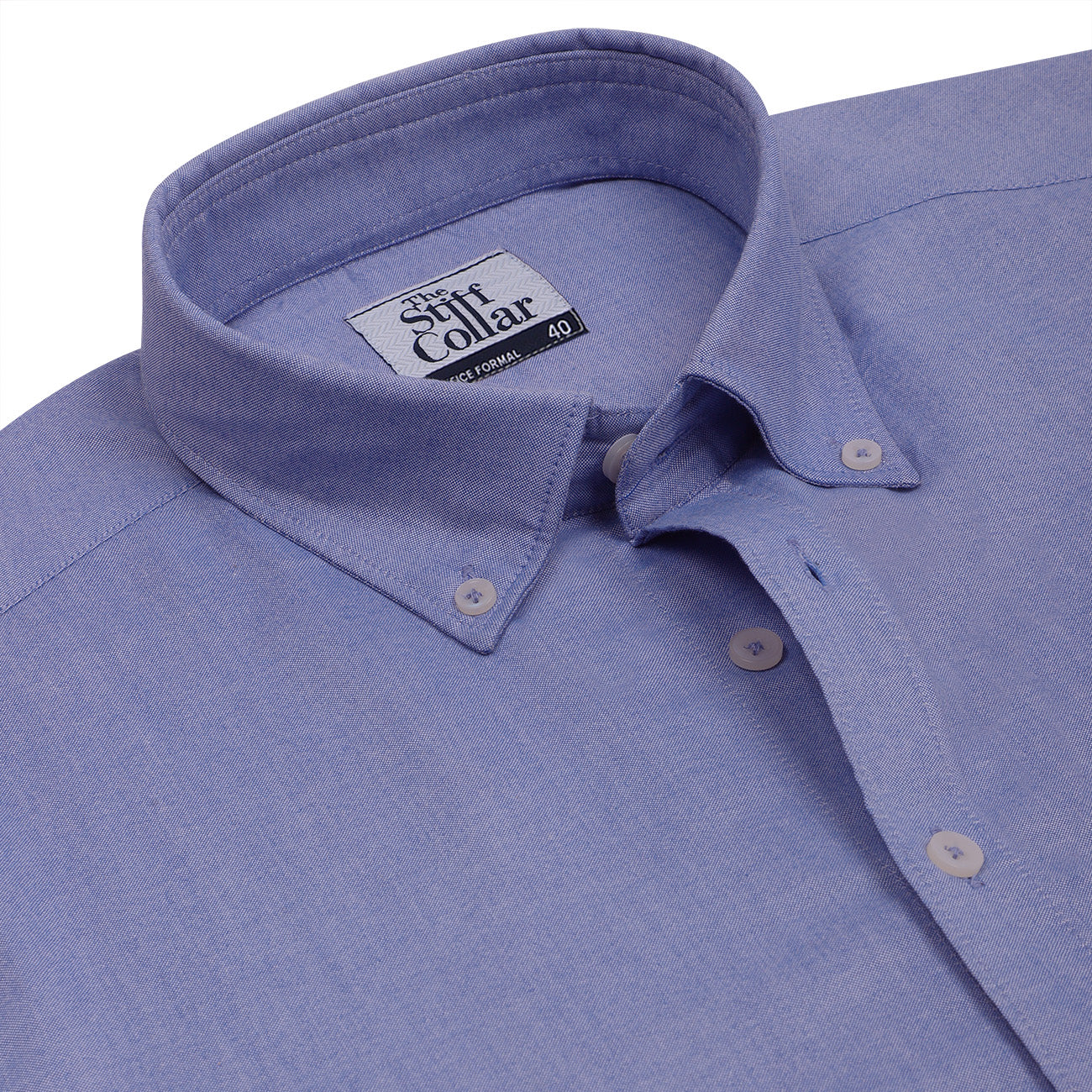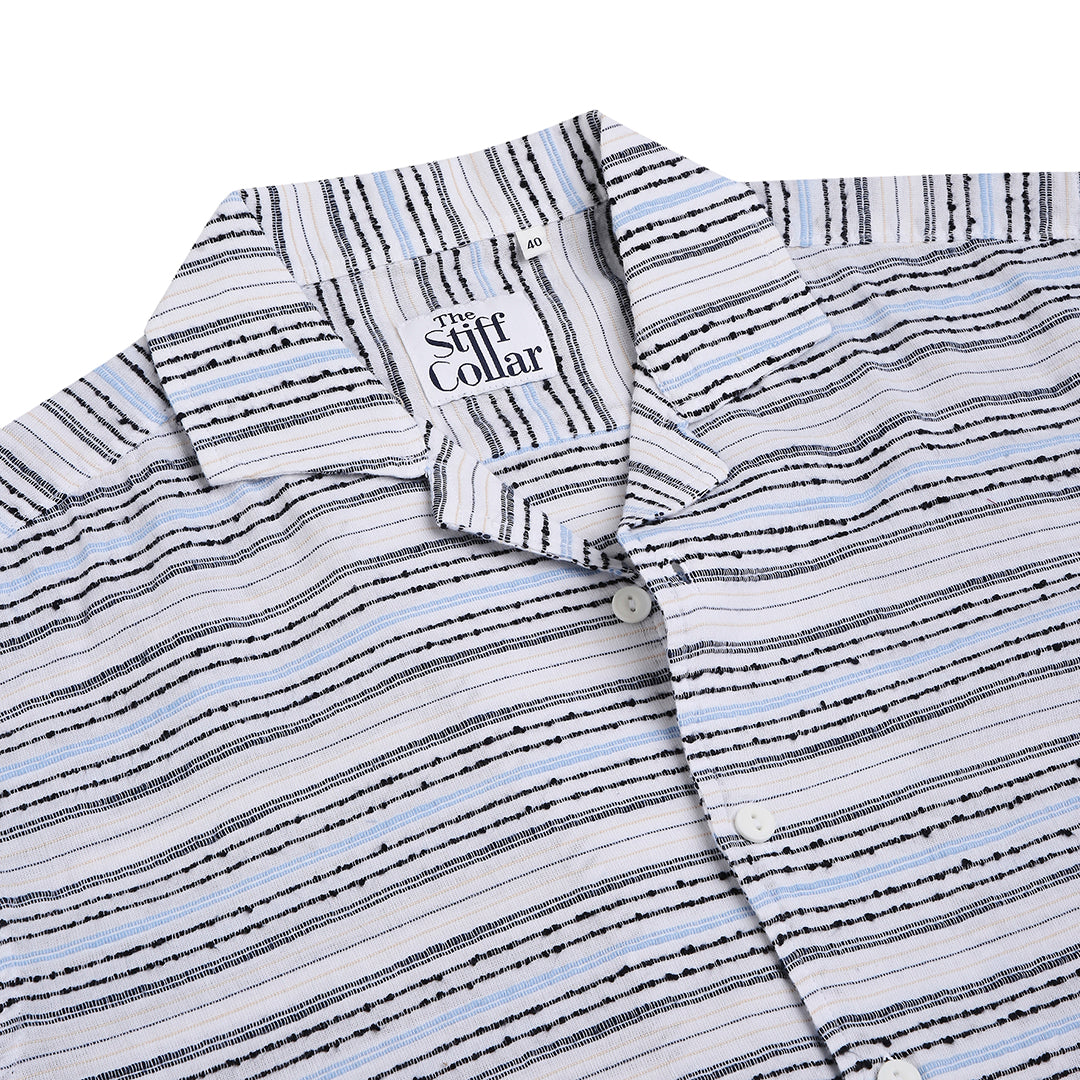We, as a society, have a peculiar relationship with Gingham. We love it, we hate it, we love it, we hate it. We just can’t make up our minds! One moment Gingham is the latest trend adorning swimsuits, handbags, and catwalk models. The next, we’ve reverted to our notion that Gingham is only for frumpy middle-aged men and tablecloths. But why is it that we are so confused?
Despite being a traditional pattern, in existence for centuries, Gingham still manages to keep coming back in new guises. It seems that despite our best efforts to fall out of love with the fabric, we just can’t shake it! One season it's fashionable, and the next it's not - and so on...!
Maybe it’s the predictability, the familiarity of Gingham that we’re most attracted to. The simple combination of white with another colour, to form uniform checks of identical size. It’s uncomplicated. Logical. We associate Gingham with picnics, childhood,school uniforms, stability and joy. It is never oppressive, serious, dark or imposing. We see gingham products for sale in jovial, bright colours such as pink, sky blue, yellow, and green alongside the neighbouring crisp white squares. So perhaps, in the these turbulent times, where climate change, political unrest, and global pandemics dominate our screens and lives, it is reassuring to keep coming back to something as simple and straightforward as Gingham.
Gingham was first made in Asia, in Malaysia; the Malay word ‘genggang’ (meaning straight or stripe) provides the root for the English gingham. Some textile historians believe that Gingham actually originated in France, where it was known as Vichy. Either way, it made its way to the Netherlands in the 18th century, and from there to England where it was taken into mass production in the mills of Manchester. Today, Gingham is an iconic pattern, easily recognisable and distinguishable from other weaves. Aside from the scale of the squares which could be small, medium, or large, and the single colour, there are no other variables that can be altered in the design. This is what makes it so predictable, eye-catching and unmistakably Gingham.

Gingham took the United States by storm in the 19th century as the durable choice for the men and women of the plains. Later, in 1916, it crossed over into being a domestic household staple when a Kansas City designer named Nelly Don, “the grand lady of the garment industry,” created a pink gingham housedress. She sold 216 dresses at $1 a piece in one day, and the dress became a phenomenon.
Judy Garland then wore a light blue gingham dress in The Wizard of Oz in 1939, and so ensued an endless list of celebrities sporting Gingham through the 40’s and 50’s including Doris Day and Brigitte Bardot - who even got married in a pink Gingham dress in 1959! The rise in popularity was fuelled mostly by it’s association with wholesome, wealthy, white people who modelled these garments in the public eye.
However, behind closed doors, the easy availability of low-cost gingham house dresses designed by Nelly Don (mentioned earlier), allowed women from low-income homes to indulge in consumerism which would otherwise not be available to them. For those used to striving and struggling, it allowed them a chance to look good, as well as freeing them from long hours spent making their own garments, and signified their introduction into consumer culture, fitting as a piece of the progressive “New Woman” movement of the early 20th century.
Moving into the 20th century, Gingham started to become synonymous with the working classes due to its use as a fabric for uniforms. Gingham trousers could be found in every professional kitchen, and gingham blouses, aprons and tabards became commonplace in schools, hospitals and care homes. Due to this link, Gingham became unpopular in the fashion scene. But not for long...
Today, Gingham is as popular in men’s fashion as it is in women’s. Typically, it is used as a fabric for formal and informal shirts. Smaller squared ginghams are an appropriate choice for semi-formal shirts, whereas larger squared gingham fabric is best used for informal/casual shirts. Due to the usually bright colours, and playful checkered pattern, Gingham shirts lend themselves well to parties, the summer season, and weekends. Although blue gingham (small squared) could be worn to the office, Gingham shirts are generally best avoided in corporate environments.

















